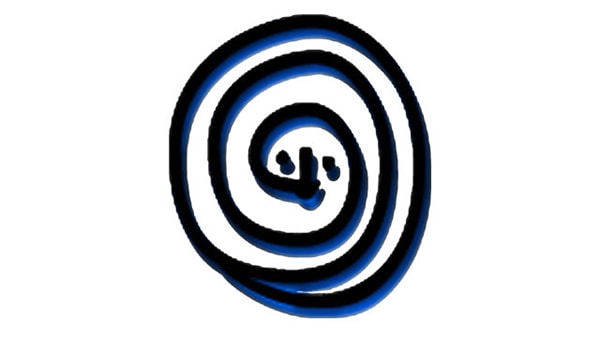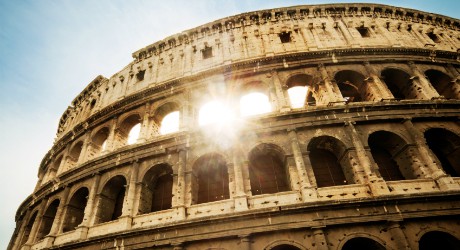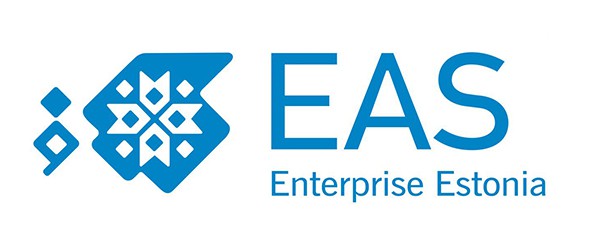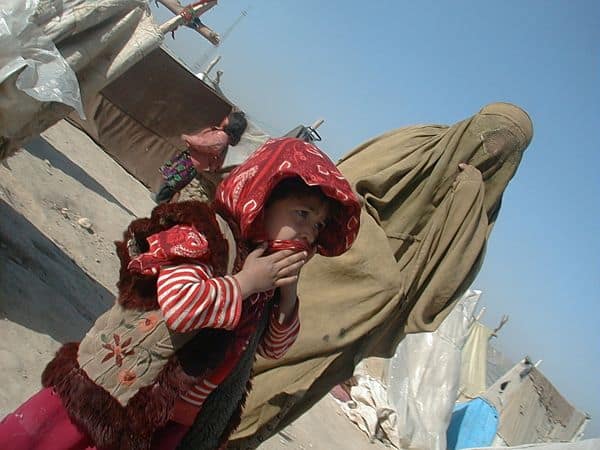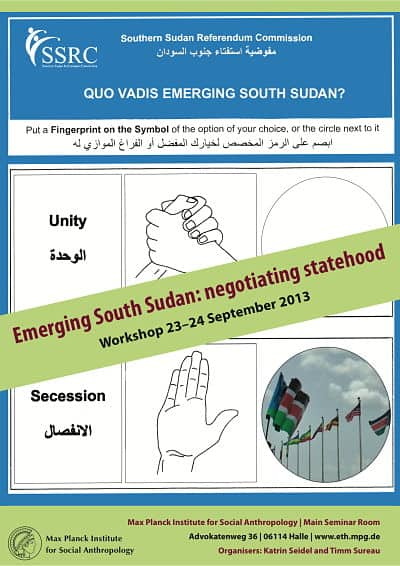Dear Sydel Silverman, Andre Gingrich and Rolf Husmann,
I welcome you to Allegra! As you are among the founding members of EASA, we would like to ask you some questions about EASA’s trajectories and the development of social/cultural anthropology in Europe. Many of the attendants of this year’s conference will have hardly been born when it all began, and it would be fantastic if you could provide us with your perspective on the journey so far.
Editor’s note: Adam Kuper pointed us to his 1989 report in Anthropology Today, “Becoming Europeans.” I have inserted some excerpts from this voice from the past in juxtaposition to his peers’ recollections. Accordingly, all highlighted entries are (Kuper 1989: 28). He will provide further insights during the plenary session on “EASA beyond crises: continuities and innovations in European anthropology” in Tallinn.
And so it began:
Adam Kuper: On 14 January 1989, twenty-two generally middle-aged anthropologists from twelve Western European countries assembled in Castelgandolfo, outside Rome. We were to meet in the think-tank of the ENI (the Italian state petroleum company), in the very shadow of the Pope’s summer palace, and across the lake from Frazer’s Nemi (which Bernardo Bernardi later took some of us to visit). From any point of view, a sacred venue. We were there to consider the establishment of a European Association of Social Anthropologists.

1) Was there any predecessor to EASA? Or, in other words, what were the arenas in which anthropologists from across Europe interacted before EASA was founded?
Andre Gingrich: In the Cold War era before EASA’s foundation, social anthropology in Europe primarily was organized along its various national formats. These national organizations always had international guests at their annual or bi-annual conferences. In western Europe, most of those continued to exist in one way or the other, while most of those under communist rule eventually changed their profile after the collapse of communism and together with the ensuing political transformations. Beyond those professional constellations of the Cold War era the International Union of Anthropological and Ethnological Sciences provided one of the few non-national fora in our fields ‒ but for various reasons the IUAES already had lost much of its earlier momentum by the 1980s. In reality, the British, French, and the (West-) German associations provided perhaps the most lively national meeting places in European anthropology of those first post-1945 decades.
Sydel Silverman: I was involved in the creation of EASA as the then-president of the Wenner-Gren Foundation. In conversations with Adam Kuper (who was the editor of Current Anthropology, the journal sponsored by Wenner-Gren), he mentioned that the idea of an organization for social anthropologists across Europe had been broached to him by various people. To my knowledge, there had never been anything like it. (There was a European association of archaeologists, which might have been in existence then; I attended a meeting in 1991, and I believe it was already well established.) Adam and I discussed putting together a tentative meeting with social anthropologists from all the Western European countries to pursue the idea. It was to be a very informal gathering, with nothing committed in advance and no foregone outcome.

Rolf Husmann: As far as I know there was no direct predecessor, but in my special field, visual anthropology, similar moves were made in the 1980s, and one of them was EAVSoM, an association to connect European visual ethnographers. This association was founded around 1985 during the Festival dei Popoli in Florence and apart from myself, other founding members were Solveig Freudenthal from Sweden, Barbara Lüem from Switzerland (who sadly passed away some years ago) and Paolo Chiozzi from Italy (who was the festival director at the same time). But this organisation never got off the ground and hardly anything happened. It is in fact so long ago and far away that I cannot even remember the full name of that abbreviation correctly!
Adam Kuper: Such an association had certainly been talked about for years. Approaches had been made, in a desultory way. Like many colleagues, I suppose, I had heard rumours of one kind and another. Jack Goody once sent me an almost indecipherable note to say it would be a good idea. Visiting Cologne once, a group of anthropologists told me they heard it was about to be founded. But it took Sydel Silverman, determined and clear-headed, to say that someone really should get on with it. She promised that the Wenner-Gren Foundation would finance an exploratory gathering.
2) What would you say was the agenda for the establishment of EASA? The year 1989, of course, was momentous – did the palpable historical shifts figure in your efforts?
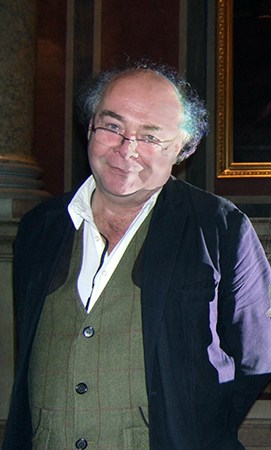
Andre Gingrich: The Castelgandolfo meeting certainly was a carefully orchestrated event, aiming at the successful launching of a pan-European professional organization in our field. That indeed was the main agenda, with substantial organisational, financial, and institutional planning taking place in the actual meetings, as well as during preparatory meetings and behind the scenes. Perhaps a slight US-sceptical undertone also played a role for some time, but that was balanced out soon thereafter. More importantly, however, developments in eastern and south-eastern Europe already were relevant during the foundation processes. Up-coming political events could not yet be anticipated, of course ‒ but the Polish uprising had been going on for some years at least, and events in East Germany were gaining momentum. I remember one discussion at the Castelgandolfo meeting about the question whether or not EASA’s founding members should approach the leadership in national organisations that were still operating under communist rule: as a result of that discussion, it was decided to abstain from such a move in order to strengthen EASA’s grass-root and mid-career-approach while waiting to see which course events would take behind the Iron Curtain.
Sydel Silverman: My discussions with Adam took place in 1988, and the meeting was then held in January of 1989. Thus, it happened before the “momentous” events of 1989. So much so that the original phrasing of the possible-association’s name was “Western European,” and the question of whether to admit researchers from Eastern Europe was a topic of considerable concern at the meeting. The more significant historical context was the impending formalization of the European Union (slated for 1992), which for many people created a sense of belonging to a unified Europe (as well as the potential funding that might be forthcoming from the EU). Less explicit was another motivating force, namely the hegemony of American anthropology at the time (especially in the form of the American Anthropological Association); there was a feeling that a united European body could counter that hegemony.
Rolf Husmann: At the time of EASA’s foundation, the remarkable political shifts in Europe and worldwide (the fall of the Iron Curtain) had not happened yet and were not in the mind of the participants of the founding meeting in Rome. I was invited by Adam Kuper, obviously on recommendation by Gerd Baumann who knew me from our common interest in Nuba Studies. The official wording was that participants had been invited who were from different European countries (excluding Eastern Europe deliberately!) and in their “mid-career” – whatever that meant. The idea was to establish an organization on high professional levels, somehow with a certain exclusivity for anthropologists from these areas with a degree of at least PhD. Initially as exceptions, European anthropology students shortly before their final degrees and non-Europeans with a record of anthropological work in and/or about Europe were to be admitted. Two members’ positive vote was to be necessary for becoming a member of this professional organization. In other words: the greater number of students, most of the American colleagues and the Eastern European (”socialist/communist”) colleagues were deliberately not welcome. However, the situation changed quickly, because in 1990 the above-mentioned changes happened and quite soon EASA was opened to all those Eastern European colleagues who stood for a Western-style anthropology. I remember that Adam Kuper soon went to Moscow to find anthropologists there who were different from the old cadres.
Adam Kuper: The plan was for a preliminary discussion, a cautious minuet. We were an ad hoc, informal network. Nobody represented anyone else, nobody was committed to anything in advance. Very few of us knew more than two or three others. But however careful we were, it was immediately apparent that there was considerable enthusiasm for the initiative. People felt a need for closer co-operation in teaching and research, and for a professional body to represent social anthropologists in Europe.
3) From all the Founding Members, would you be able to single out somebody who was driving the process in particular? How did you all come together?
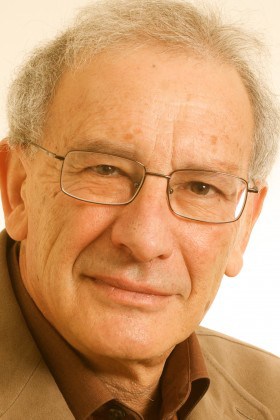
Rolf Husmann: No doubt, the one and only driving force in all of this was Adam Kuper.
Andre Gingrich: The driving force behind EASA’s foundation certainly was Adam Kuper, who primarily was using his own professional networks across the UK and Europe to identify appropriate mid-career anthropologists from most Western European countries. A few years later Maurice Bloch and Ernest Gellner told me that each of them ‒ independently from each other, it seems ‒ had mentioned my name to Adam Kuper since I had enjoyed some professional exchange with them already. In the case of French and francophone anthropology, I know that Adam Kuper (as well as Bloch and Gellner who had conversed with him on this topic) was doing his best to strengthen an inclusive approach that would invite representatives from the various camps of Franch-speaking anthropology to Castelgandolfo. But that side of the enterprise turned out to be somewhat more difficult than expected. In other cases though, the initial support (e.g., by Scandinavian or Iberian countries) for the process of founding something like EASA was wonderful, could be felt during the Castelgandolfo conference itself as much as during the first EASA congress at Coimbra – both events contributing decisively to a very successful first period in EASA’s history.
Sydel Silverman: Wenner-Gren hosted and financed the meeting in Castelgandolfo, but I understood my role to be that of an observer; therefore I did not enter directly into the discussions (for the most part). The leading figure was certainly Adam Kuper, who drew up the list of invitees, set a tentative agenda for the meeting, and acted as convener. His leadership was much welcomed and appreciated by the group.
Adam Kuper: I am not at all sure whose idea it was.
4) Personally, what promise did you see then in the establishment of a European Association for Social Anthropology?
Andre Gingrich: I was quite convinced that the time indeed had come to establish anthropology as a wide, vibrant international discipline also in its European dimensions, and to move beyond national traditions and boundaries.
 Sydel Silverman: As soon as the meeting got under way, it was clear that there was unanimous support for creating an association, and the rest of the meeting was devoted to issues of its form and functions: four working groups developed proposals concerning a constitution, conferences, publications, and educational exchange. A provisional executive committee of five was elected. By the time the meeting was adjourned, EASA was a reality, and plans were already in place for the first conference, in Coimbra in 1990. (By the time that conference took place, the map of Europe had changed: East Europeans were a significant presence, and the general assembly enthusiastically endorsed the proposal to hold the second conference in Prague.)
Sydel Silverman: As soon as the meeting got under way, it was clear that there was unanimous support for creating an association, and the rest of the meeting was devoted to issues of its form and functions: four working groups developed proposals concerning a constitution, conferences, publications, and educational exchange. A provisional executive committee of five was elected. By the time the meeting was adjourned, EASA was a reality, and plans were already in place for the first conference, in Coimbra in 1990. (By the time that conference took place, the map of Europe had changed: East Europeans were a significant presence, and the general assembly enthusiastically endorsed the proposal to hold the second conference in Prague.)
Adam Kuper: There is still, clearly, a distinctive European tradition in social anthropology. We had been nourished by the same classic social science sources, and had responded to common historical experiences. The new political climate in Europe had given a fresh impetus for effective interaction. Moreover, contemporary trends in American anthropology seemed to many of us foreign and unappealing, but hard to resist without the support of a larger community of our own. The British participants-David Parkin, John Davis and myself-were also struck by the absence of effective equivalents to the ASA or the RAI in many European countries, whose anthropologists lacked viable national institutions.
5) After your initial participation, how were you further involved in EASA? How would you say did involvement with EASA impact your career?
Andre Gingrich: I was lucky to be at the right place at the right time, when EASA was founded. I already had good professional connections before, but for me that early inclusion at the centre of EASA certainly helped to speed up my career, showed me the right arenas to turn to with my academic questions and with my queries concerning next steps in my career, and so forth. I was review editor for Social Anthropology/Anthropologie Sociale during the journal’s foundation process and throughout its very first years of existence. Apart from that, I have remained a member ever since EASA’s foundation, have participated in several (Coimbra, Prague, Oslo, Copenhagen, Kracow, Vienna, Maynooth…) but not all EASA conferences, contributed to or co-edited volumes in the EASA book series, and so forth.

Sydel Silverman: Since I did not qualify for membership by EASA’s criteria, I was elected an honorary member. In subsequent years, I attended most conferences and was gratified to witness the association’s growth and maturation. Within a short time, it more than fulfilled the aspirations for it that were articulated at the organizing meeting.
Rolf Husmann: At the initial meeting I was voted to be a member of the Executive Committee with the special task of creating a directory of European anthropologists, the so-called “EASA Register”. In other words, in the era before emails and before the internet I was to gather personal data from all members and publish them in a book. I had done a similar thing twice in Germany (the German Directory of Anthropologists) and thus could build on some experience. In fact, I did so together with my wife Gaby, who had also assisted me in the German directories. All in all, two directories appeared (in 1990 and 1992) and were distributed at the EASA conferences in Coimbra and Prague, before Vaclav Hubinger took over this task from me.
6) Looking at it from a more global perspective, what niche do you see EASA occupy today in the total ecology of anthropological associations?
Andre Gingrich: To my mind, EASA is the uncontested professional organization of our field in Europe. Through its various formats and arenas, EASA is a) the decisive intellectual forum for most social anthropologists with a professional position inside Europe (or a degree from a European university), b) our academic field’s European voice within the wider groups of “continental” professional organizations ‒ be they African, American, whatever – and in the World Council, c) an authoritative voice when it comes to interdisciplinary dialogues with neighboring fields such as philosophy, sociology, history, archaeology, biology, and so forth, d) also, and to an increasingly important extent, a voice that is heard and appreciated when various European professional organizations in the social sciences join forces to address issues of common concern, such as decreasing funding for the social sciences and humanities at large within the EU’s S&R budget schemes, such as “Horizon 2020.”
7) What importance would you assign to participation in EASA for young scholars today?
Adam Kuper: The Association hopes to provide an umbrella for a variety of European initiatives, and the conference should serve as a venue for all sorts of discussions and planning-sessions, for the exhibition of books and journals, for arranging student placements, and for finding jobs.
Andre Gingrich: Try to connect with the most interesting and the most curious anthropologists wherever you can find them (regardless of passport, gender, religion, language, age, etc.) ‒ and you will find a good part of them in EASA. Present your queries and your results to sympathetic colleagues, and listen to their critical questions and comments. Sometimes smaller workshops are more adequate than the big EASA conferences, sometimes regional or topical specialization that appropriately speaks to yours is easier to find elsewhere than inside EASA.
But whenever it really matters what your own professional field is doing and saying, either to give you feed-back or to let you know what’s going on elsewhere, then EASA is the right place for you. EASA helps you to connect, to improve, and to reach out.
Felix Girke is, among other merits, Allegra’s Master of Ceremonies for EASA 2014 and related coverage.
Enterprise Estonia is Allegra’s official sponsor for the event.

